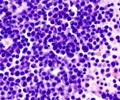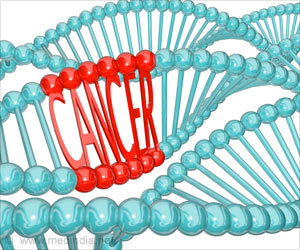Dr Moorman and his colleagues from Southampton University have found a new gene based test for identifying DNA fusion, in which DNA of two or more genes fuse.
Dr Moorman and his colleagues from Southampton University have found a new gene based test for identifying DNA fusion, in which DNA of two or more genes fuse. The research team is focusing on detection of genes linked to the most common form of childhood leukemia, which is called as Acute Lymphoblastic Leukemia (ALL). The researchers took more than 6 years to develop this genetic test. The treatment is given by chemotherapy which kills the leukemia cells and allows the bone marrow to produce non cancerous cells.
Chemotherapy can get rid of the leukaemia cells in about three-quarters of people with ALL, putting them into disease remission. This new gene test helps to detect more resistant and serious ALL disease which helps to provide more effective and specialised treatment options. The gene test detects gene fusion of gene etv6 with runx1, bcr joining with abl and a gene called mill that can fuse with several different partners.A complete epidemiological study involving more than By looking at more than 1,000 children’s with ALL were screened for gene fusion and found the pattern and type of gene fusion predicted the severity and prognosis to treatment. Children’s with fusion of etv6 with runx 1 - about 20% of children with ALL - had better outcomes than others. Those with multiple copies of runx 1 had some of the poorest outcomes.
"It's an important confirmatory test to the traditional method of cytogenetics, which looks at chromosome numbers and structure.”As a result of our work, doctors now use these three gene fusion tests as standard and will treat their patient accordingly,” said Dr. Moorman.









